Sometimes, you must identify the wrong way to pursue the right path. This is true for mortgage financing as well. The best way to avoid mistakes during the mortgage and home-buying process is to recognize them beforehand.
The VA loan program presents an exceptionally beneficial chance for several veterans and active-duty service members to fulfill their aspirations of becoming homeowners. VA loans are becoming more common in the housing market thanks to their low or no down payment requirements, reasonable interest rates, and accommodating credit score requirements.
Thus, we focus on the VA loan program, a popular finance topic on the Wallet Wingman blog.
In this guide, we will cover some of the biggest mistakes borrowers make when using a VA loan to buy a house—and the steps you can take to avoid them.
Overview of the VA Loan Program

Before we get into the dos and don’ts, let’s talk about a VA loan, who they’re for, and what benefits they provide to borrowers.
The VA loan program is a mortgage benefit backed by the U.S. Department of Veterans Affairs. It helps eligible veterans and service members become homeowners, with several essential benefits.
Banks and mortgage firms are examples of private lenders who offer VA loans. But they are guaranteed by the federal government. By lowering their risk, lenders can provide borrowers with advantageous conditions thanks to this guarantee.
The VA loan program is available to the following groups:
- Active-duty military personnel who meet service requirements
- Veterans with an honorable (or “other-than-dishonorable”) discharge
- Specific categories of surviving spouses
- National Guard and Reserve members with qualifying service
VA loans offer significant advantages, including no down payment, no need for mortgage insurance, and flexible credit requirements. It’s arguably one of the most accessible types of mortgage loans to qualify for due to the government’s backing.
7 Mistakes to Avoid During the Mortgage Process

With that necessary groundwork laid, let’s look at some mistakes to avoid during the VA loan mortgage and home buying process.
1. Not checking your VA eligibility
The first question is, are you even eligible for a VA-guaranteed home loan?
Some would-be home buyers make the mistake of spending hours on VA loan guidelines, research, and planning before verifying their eligibility. The Department of Veterans Affairs has particular requirements based on the length and nature of your military service.
Before starting the process, confirm that you meet the service requirements to qualify for a Certificate of Eligibility (COE). This is a must-have when using a VA loan. You must apply for the program with this document and meet specific service requirements to obtain it.
Check out our guide to VA loan qualifications or visit the VA.gov website for complete eligibility information and details.
2. Skipping the pre-approval process
A mortgage lender’s pre-approval will enable you to create a reasonable budget for your property search. It also shows sellers that they are serious buyers and have been screened by a lender.
Skipping the pre-approval could save you time looking at houses that exceed your price range. Don’t put the cart ahead of the horse. Get pre approved VA loan first, and then shop for a home.
3. Ignoring the VA’s property requirements
Not having to make a down payment is one of the most significant advantages of VA loans for most customers. All closing expenses and fees related to the loan must be kept in mind, including appraisal, origination, title insurance, and VA financing fees. It might be costly for borrowers to underestimate these expenses as it may take them off guard.
A Loan Estimate (LE), which details the estimated closing expenses and fees related to the loan, should be requested by borrowers from their lender to prevent making this error. Moreover, a remission of the VA funding fee may also be available to veterans with impairments connected to their service, resulting in considerable financial savings.
Any home purchased through this program must meet the VA’s Minimum Property Requirements (MPRs) for safety and habitability. In short, the house must be in a livable condition without any significant safety issues.
Don’t make the mistake of setting your heart on a “fixer-upper” that might not qualify for a VA loan. Try to focus on well-maintained properties that are in overall decent condition.
4. Underestimating your closing costs

A zero-down payment on a home purchase is possible for qualified applicants under the VA home loan program. That’s a massive victory for homebuyers who are tight on funds.
Borrowers may experience financial pressure if they underestimate these fees. Borrowers should ask their lender for a Loan Estimate (LE), which details the estimated closing expenses and costs related to the loan, to prevent making this error. Furthermore, veterans with impairments connected to their service may be exempt from paying the VA funding fee, which might result in substantial savings.
But you’ll probably still encounter closing costs before you seal the deal, which can add up to thousands of dollars. Your mortgage lender will provide you with an estimate of these VA mortgage rates, but the time to start preparing is right now.
5. Not creating a budget for yourself
Your monthly housing payment affordability cannot be determined by a VA mortgage lender. Based on your income, debts, and other financial details, they can only tell you how much you qualify to borrow.
Instead of relying on the lender’s numbers, establish a basic housing budget.
The best-case scenario is to go into the VA loan process with a maximum monthly spending limit in mind (and on paper). Make sure your budget includes all housing-related costs, including property taxes and home insurance.
6. Skipping the home inspection

A VA loan applicant may be tempted to forego the home inspection in order to save money or hasten the closing process when they locate the ideal house.
The Department of Veterans Affairs requires a home appraisal to determine the market value and habitability of the home you want to buy. However, they do not need a comprehensive home inspection.
Even so, it would help if you considered having the home inspected prior to purchasing it. Neglecting a house examination may ultimately result in an expensive error. During a casual tour, it may not be possible to find concealed problems or structural difficulties. A comprehensive inspection might potentially save the buyer from having to pay for costly repairs later on.
Borrowers can make well-informed selections regarding the VA property requirements and work with the seller to finalize the purchase agreement by conducting a professional home inspection and negotiating repairs or concessions.
Skipping the inspection is a potential mistake that could result in costly and unexpected surprises down the road. An inspection gives you peace of mind.
7. Making significant purchases during the loan process
Making significant expenditures during the VA loan process, such as purchasing a new automobile or piece of furniture, is one error that applicants frequently make. Splurging on expensive stuff, particularly when getting ready to move into a new house, maybe alluring, but doing so negatively impacts the loan approval procedure.
Once you’ve applied for a VA loan and reached the underwriting stage, try to keep your financial situation as stable as possible. Making significant purchases at this time or taking on additional lines of credit could deplete your cash reserves and increase your debt ratio. Both of those things could potentially interfere with your mortgage approval.
Just before closing, lenders usually make a follow-up loan application to make sure the borrower’s financial circumstances haven’t altered substantially. Requirements for loans might be denied or delayed by lenders if there is a significant rise in debt or monthly commitments.
To prevent this error, borrowers must wait until the loan has closed and become lawful homeowners before making any significant purchases or taking on new debt. Borrowers may improve their chances of having a seamless and fruitful home-buying experience by remaining financially stable during the financing process.
Conclusion
The VA loan process may appear perplexing, but avoiding these seven costly pitfalls could mean the difference between reaching homeownership goals and living with regrets. From eligibility checks and underwriting to cautious use of finance and extended inspection, an eye on detail and contingency planning is essential.
Being well-prepared for what to expect from the VA home loan application and finding trusted professionals to consult allows veterans and active-duty service members to navigate the home-buying process confidently and without worry.


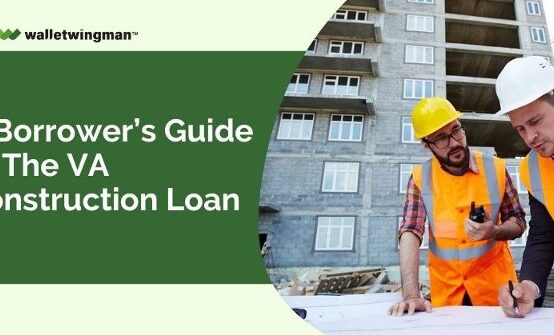 A Borrower’s Guide to the VA Construction Loan
A Borrower’s Guide to the VA Construction Loan 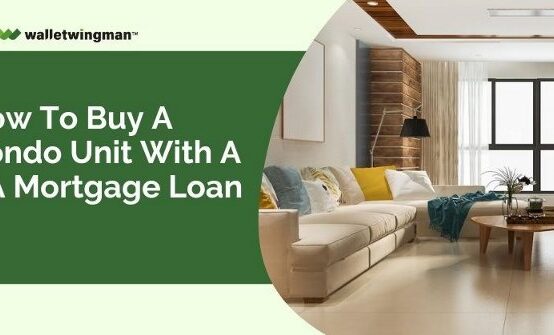 How to Buy a Condo Unit with a VA Mortgage Loan
How to Buy a Condo Unit with a VA Mortgage Loan  How Much Can I Borrow When Using a VA Loan to Buy a House?
How Much Can I Borrow When Using a VA Loan to Buy a House? 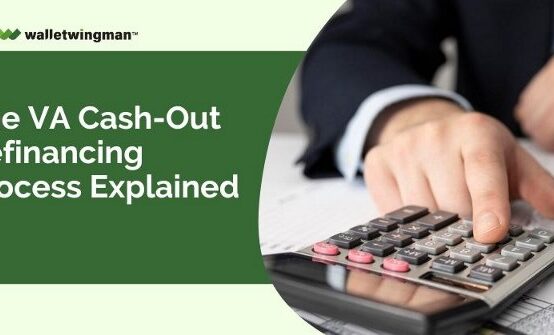 The VA Cash-Out Refinancing Process Explained
The VA Cash-Out Refinancing Process Explained 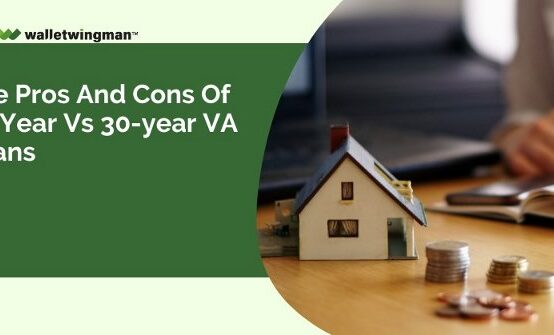 The Pros and Cons of 15-Year vs 30-year VA loans
The Pros and Cons of 15-Year vs 30-year VA loans 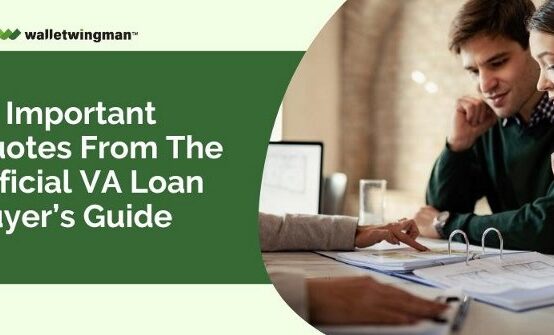 10 Important Quotes from the Official VA Loan Buyer’s Guide
10 Important Quotes from the Official VA Loan Buyer’s Guide 